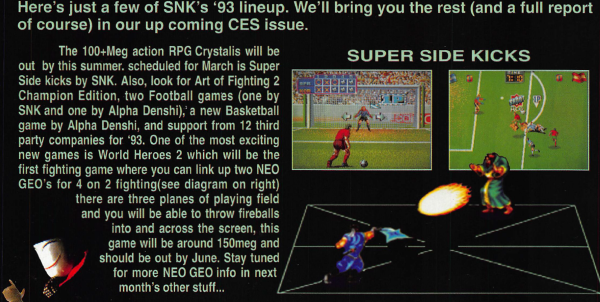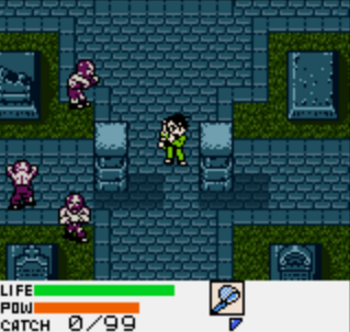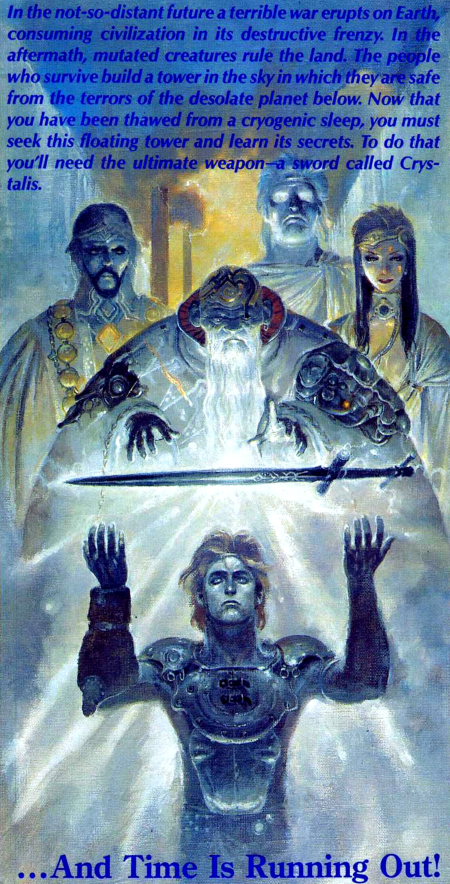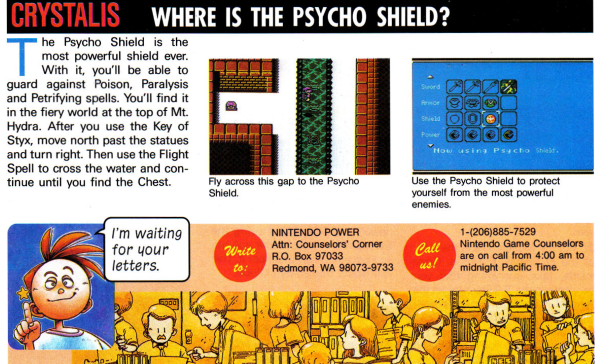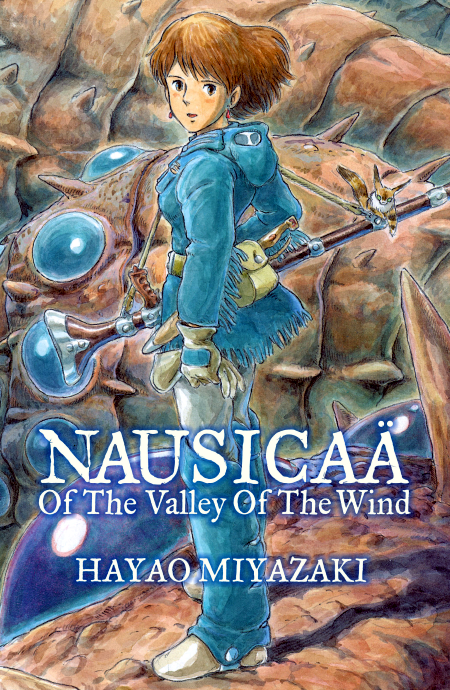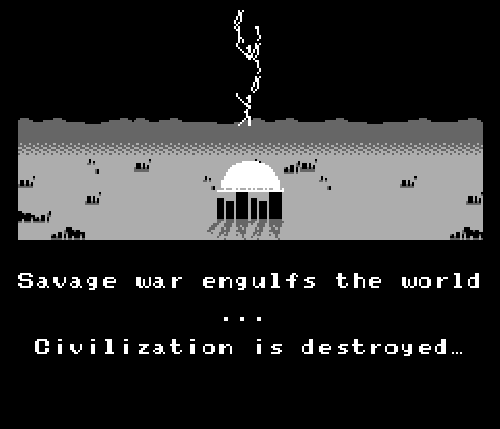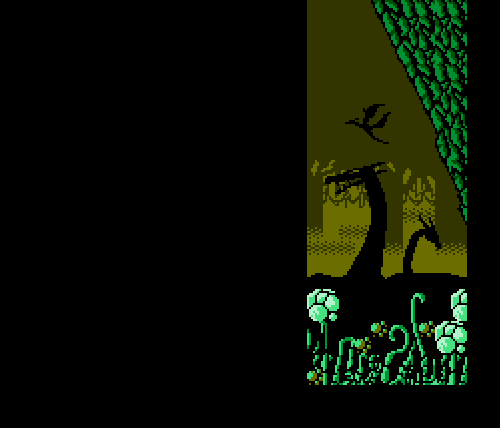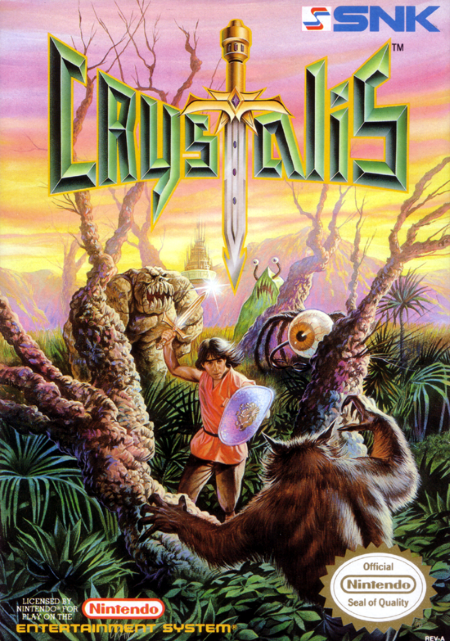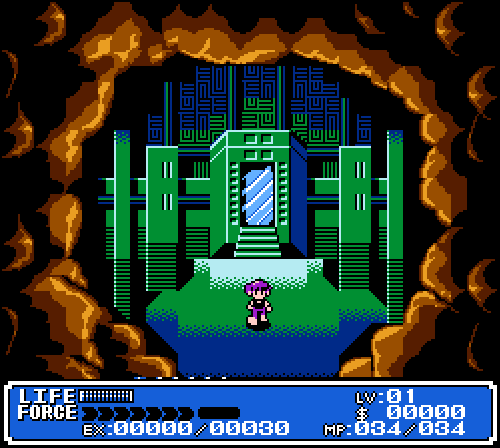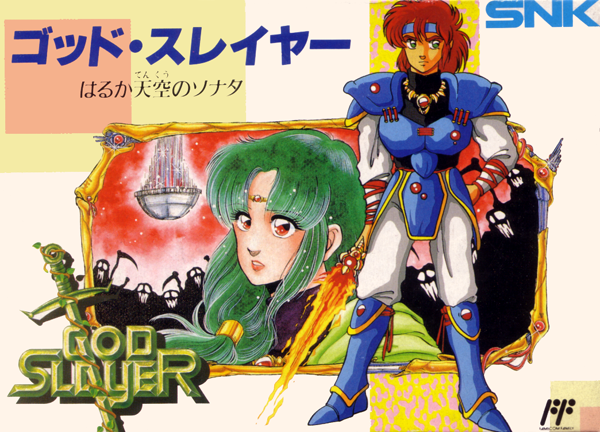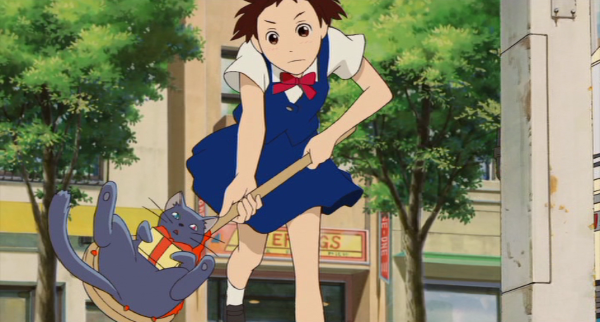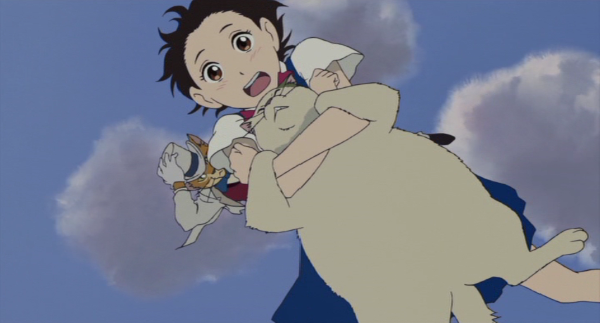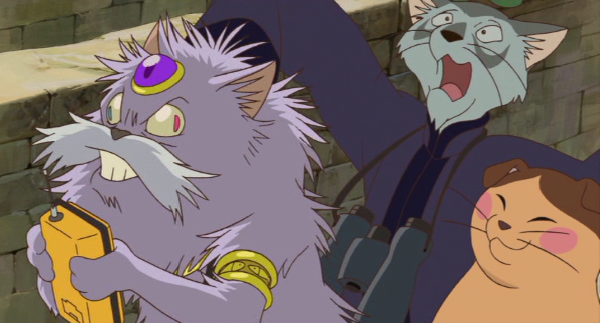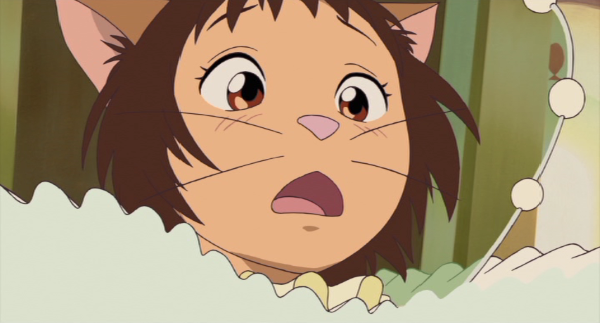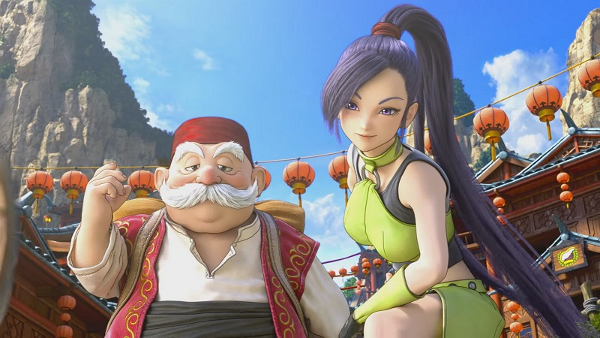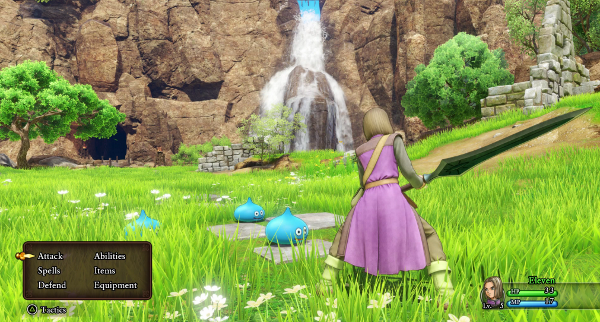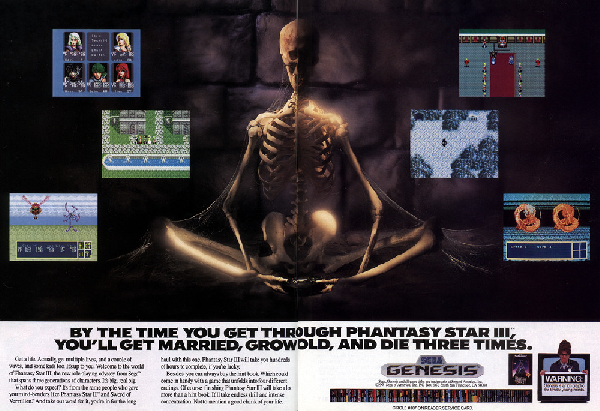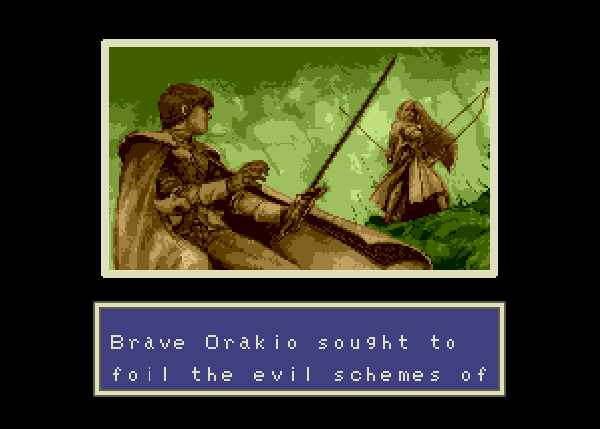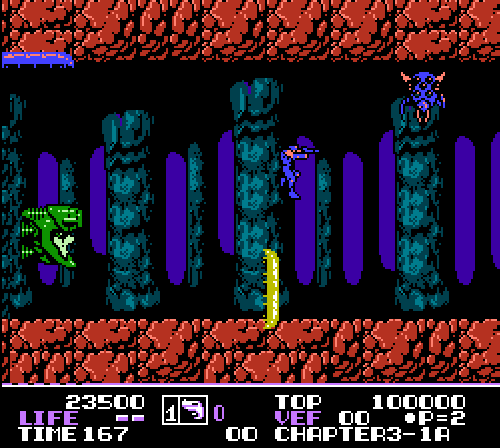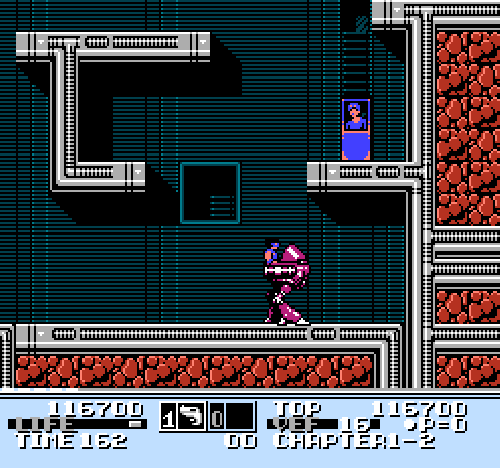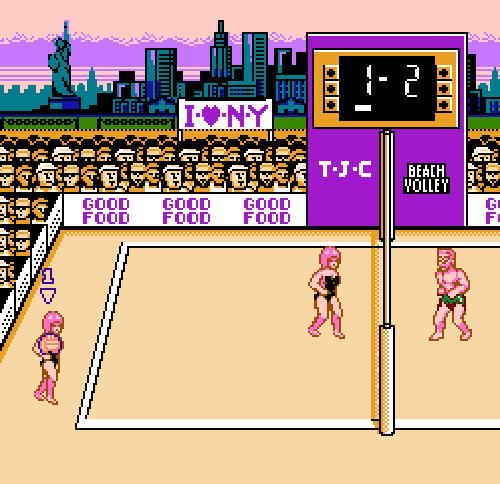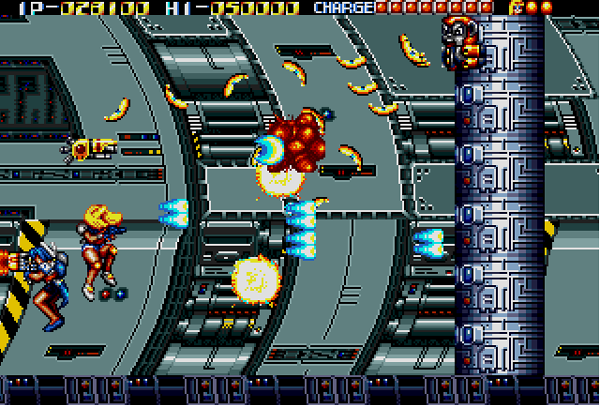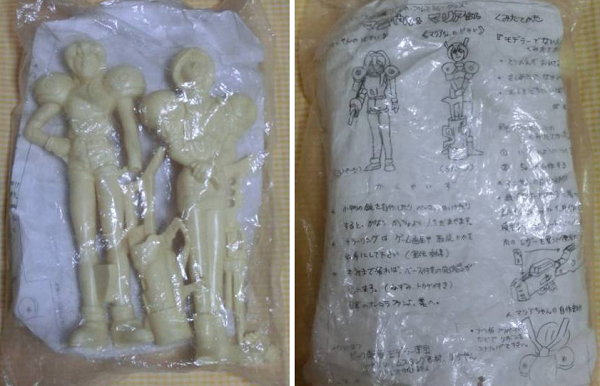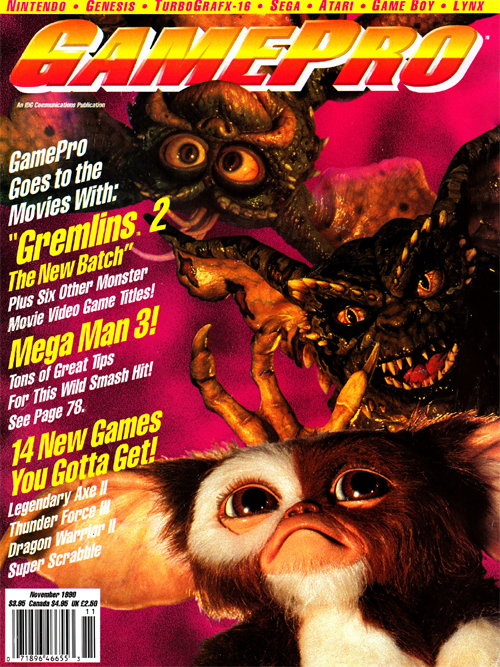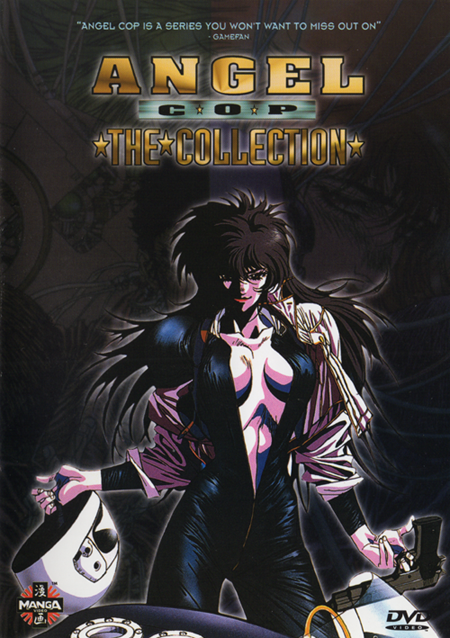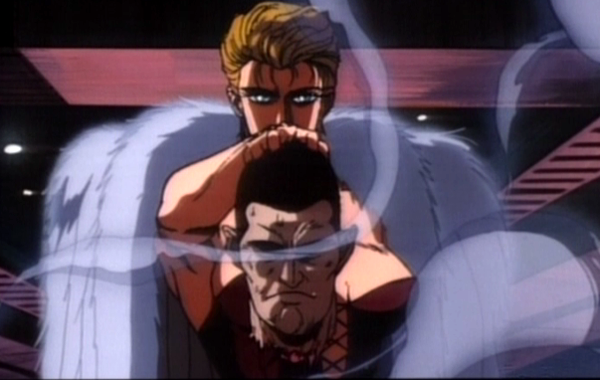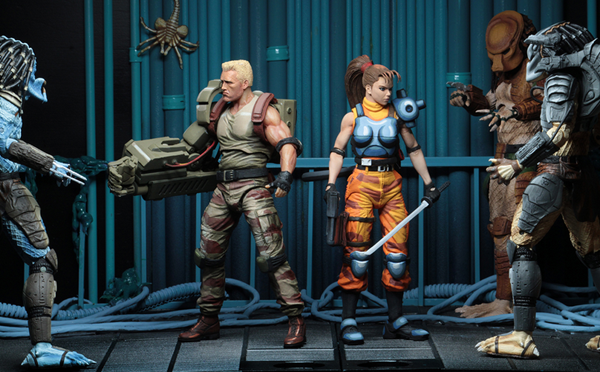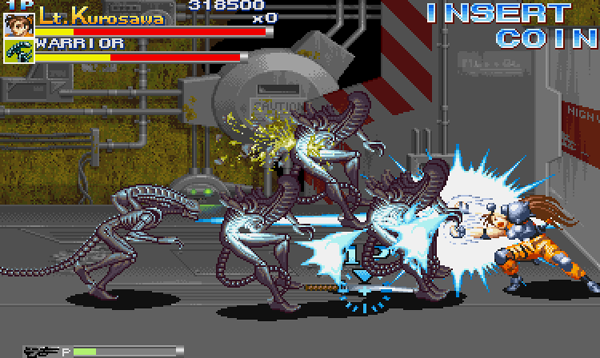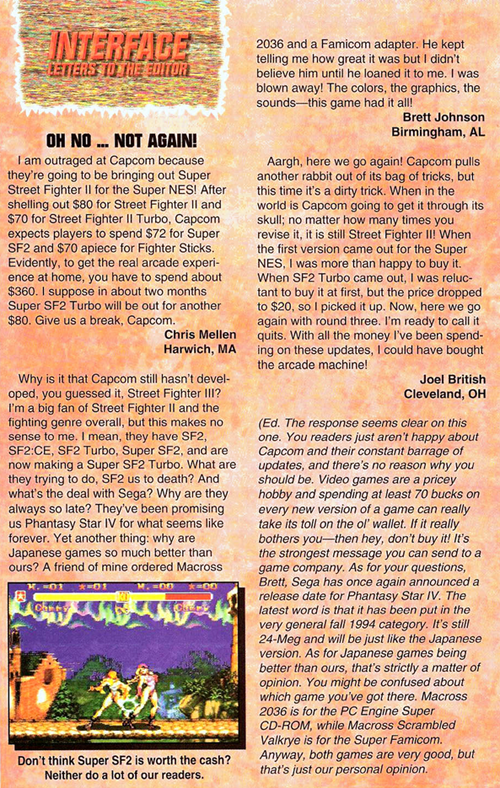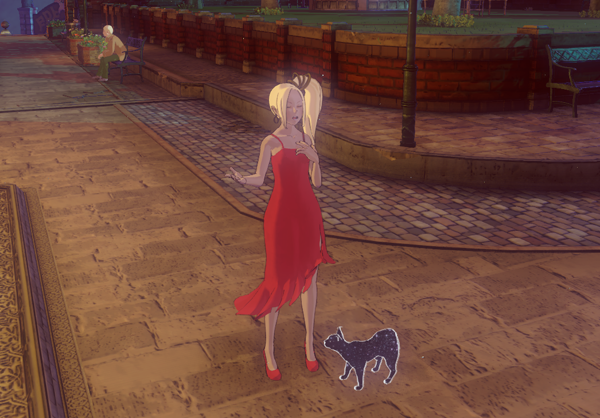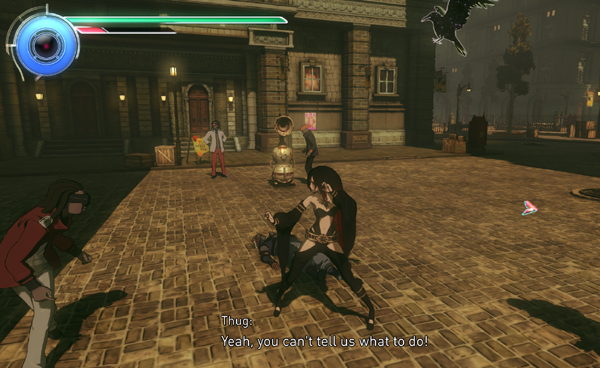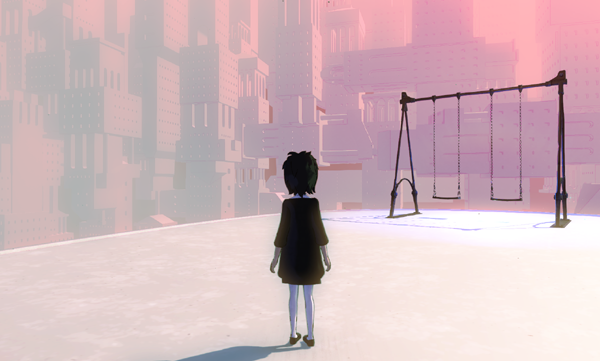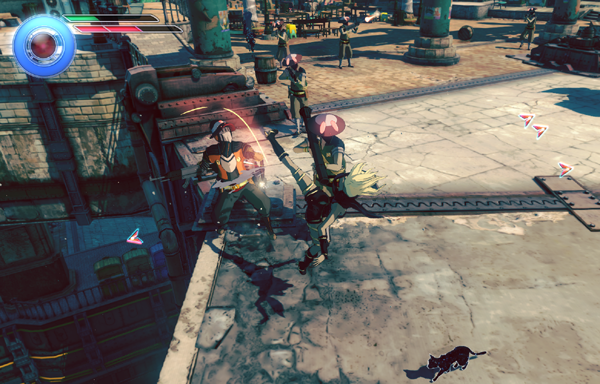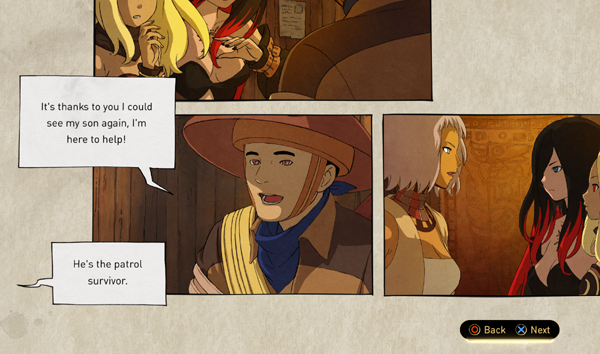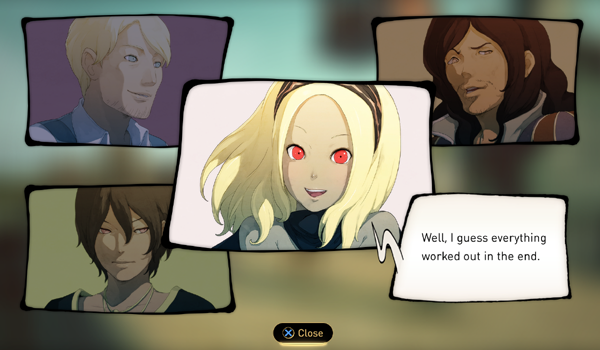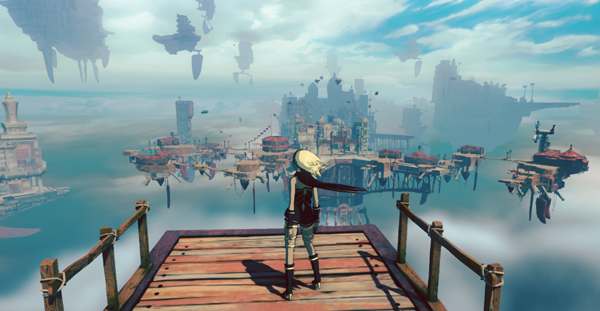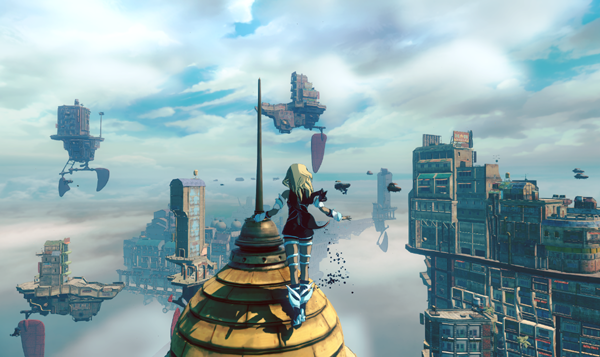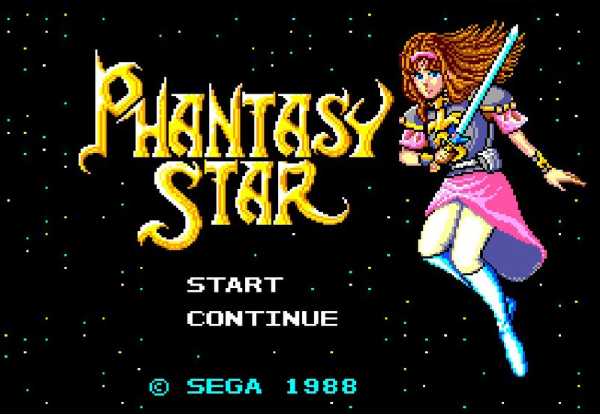
What a difference it makes. The game isn’t that much easier; a wrong turn or an unlucky enemy encounter might still off Alis, our heroine, early in the game. Instead of mollifying the core of its design, M2 just sped it up. Alis goes through everything faster, whether it’s roaming towns or gaining levels, and thus a rigid and sometimes tedious role-playing game becomes compelling in its challenges.
Of course, Phantasy Star is still a relic. The graphics are generally static, the battles follow routine turns, and calling the plot points a storyline is perhaps too charitable. Even with M2’s additions, it might not interest those accustomed to several decades of RPGs with cinematic combat, character customization, actual story arcs, and the ability to decide which enemy you’ll strike.
If you’re willing to envision the game as it was at its late 1987 release, however, Phantasy Star is mind-blowing. Its stage of the Algol star system was a complex fusion of Star Wars and fantasy undertones back when RPGs were still Dungeons & Dragons with perhaps some anime trappings. Its monsters and scenery were all animated and vibrant back when other games stayed stiff and static. It offered an actual, no-kidding Strong Heroine with a name and a solid motivation back when its competitors had generic and uniformly male rosters and anyone who wanted otherwise just had to pretend that the white mage in Final Fantasy was a woman.
And how can you put yourself in a 1987 frame of mind? It involves more than eating a McDLT, listening to Belinda Carlisle’s solo hits, and ignoring the crimes of the Reagan administration. If you follow these five steps early in the game, though, I think you’ll gain the right perspective for Phantasy Star.
STEP 1: DIE REPEATEDLY
Phantasy Star warns you at the start: death is everywhere. The game’s prologue sees Alis’ brother, Nero, die at the hands of the interplanetary despot Lassic. So Alis ventures out of her home city to find a warrior called Odin and liberate the Algol star system. And if you’re not the most cautious player imaginable, Alis will die. She’ll wander north and get mobbed by giant scorpions. She’ll face two Sworm insects in her first battle and narrowly lose to them. She’ll venture too close to the shore and be killed in the first round of combat by a fishman’s spiked tongue.
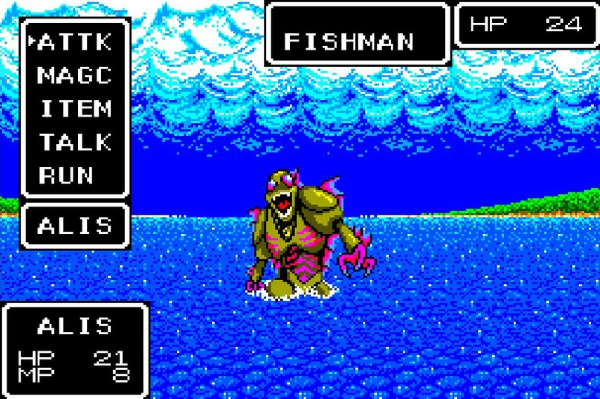
The Sega Ages version dials the difficulty back, but only a little. Alis still faces defeat if she’s overly adventurous or just unlucky, making it easy to imagine yourself as a neophyte RPG player in 1987, fighting and failing until you finally figured out how to use healing items.

This also means that unless you save before these first few battles, a defeat will boot you back to the title screen and make you start fresh, watching Nero die and Alis vow revenge all over again. Perhaps that’s why Phantasy Star has such a brief opening. You’ll see it a lot.


